💩 Manures
Bulky and Concentrated Organic Manures
Organic Manures
- The word manure derived from the French “Manoeuvrer”, means to manipulate, to work, to produce crop.
- The term ‘manure’ was used originally for denoting materials like cattle manure and other bulky natural substances that were applied to land, with the objective of increasing the production of crops.
- Later chemical substances like (NH4)2 SO4 and super phosphate in abundance were used for increasing crop production and were also called manures. So in a general way, manure is a substance containing plant nutrients.
- Later, the organics were specifically called ‘manures’ and ‘inorganics’ were called fertilizer.
- Therefore manures are defined as the plant and animal wastes which are used as sources of plant nutrients.
Advantages of Manuring
- Manures supply plant nutrients including micro-nutrients.
- They improve soil physical properties like structure, water holding capacity etc.
- Increase nutrient availability.
- CO2 released during decomposition acts as a CO2 fertilizer.
- Provide food for soil microorganisms.
- Plant parasitic nematodes and fungi are controlled to some extent by altering the balance of microorganisms in soil
- Provide buffering action in soil reaction.
- Prevent loss of nutrients by leaching or erosion.
👉🏻 On the basis of concentration of nutrients, Manures can be grouped into two:
- (A) Bulky organic manures
- (B) Concentrated organic manures
Bulky Organic Manures
- Contain small percentage of nutrients and they are applied in large quantities.
- FYM, Compost and Green manure are the most important and widely used bulky organic manures.
Farm Yard Manure (FYM)
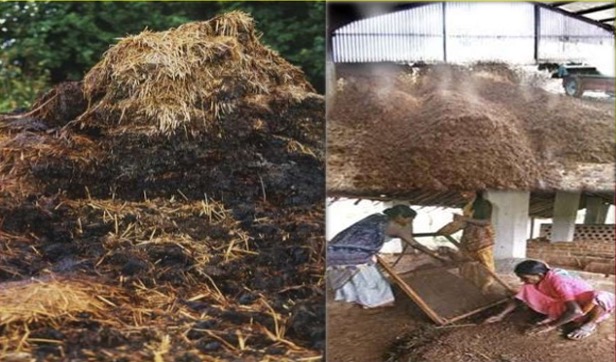
- Decomposed mixture of dung and urine of farm animals along with litter and left-over material from roughages or fodder fed to the cattle.
- On an average the composition of FYM is usually
0.5 % N,0.25 % P2O5and0.5 % K2O. - N present in urine is mostly in the form of urea which is subjected to volatilization losses.
- Size of trench: 6-7.5 m long, 1.5-2.0 m wide and 1 m deep. Heaped up to height of 45-60 cm above the ground level, dome shaped and plastered with cow dung earth slurry. The manure becomes ready for use in about 4 - 5 months after plastering.
- Chemical preservatives are used to reduce losses and enrich FYM e.g. gypsum, kainite, and superphosphate. Gypsum absorbs urine and prevents volatilization loss of urea and also adds Ca and S. Superphosphate also acts similarly and increases ‘P’ content.
- Bacteria and Actinomycetes play active role in decomposition. 60-70% moisture in the initial stage and 30-40% moisture in decomposed manure (ready to use) as well as 50-60° C temperature under the heap are favourable for the activities of these micro-organisms.
- Generally 10-20 tonne well decomposed FYM per ha is applied but > 20 tonne FYM /ha in case of fodder grasses and vegetables, at least 15 days before the sowing to avoid immobilization of N.
- Entire amount of nutrient is not available immediately. About 30% N, 60-70% P2O5 & and 70% K2O are available to the first crop.
- FYM is the most commonly used organic manure in India.
- One tonne of cattle dung can supply only 2.95kg N, 1.59kg P2O5 and 2.95kg of potash.
- Hot and Cold manure: The manure obtained from the excreta of horses and sheep is called
hot manure🥵 in temperate countries where-as pig and cattle manure is calledcold manure🥶 due to comparatively less vigorous decomposition and less rise in temp in manure. - Short and long manure: Decomposed manure that has lost the structure of the original materials is called short manure while the fresh manure having pieces of straw and other materials is called long manure.
- Fire fanging: There is profuse fungal growth on the surface of moist manure, giving it an ashy grey appearance. It is referred to as fire fanging.
Composting
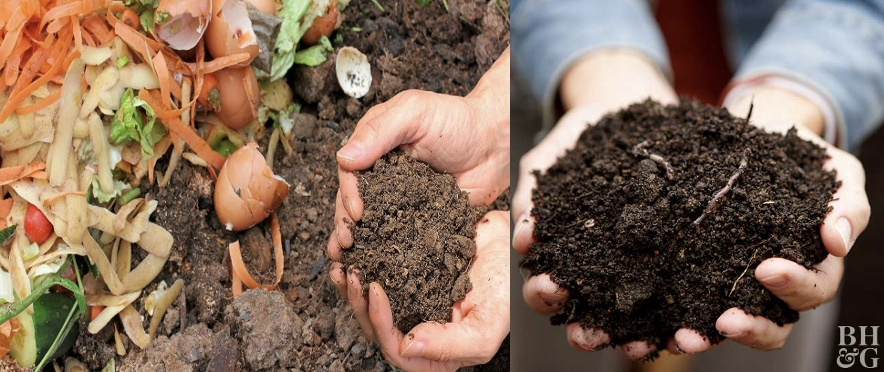
- Composting is the process of reducing vegetable and animal refuse (rural or urban) except dung to a quickly utilizable condition for improving and maintaining soil fertility and decomposed material is called compost. Compost is like well- decomposed cattle manure in general appearance, more powdery and lighter in colour.
- Ordinary compost can be enriched with N and P through Azotobacter and superphosphate respectively. When compost preapared by using N-fixing bacteria is called
Azo compostand superphosphate is used during compost making it is calledsupercompostand - Azo compost is the cheapest source of N among all organic manures (N → 1.5%).
- Superphosphate or rock-Phosphate @ 10-15kg/ tonne of raw material is applied at the initial stage of filling the compost pit. Size of pit is about the same of FYM.
- The compost made from farm waste like sugarcane trash, paddy straw, weeds arid other plants and other waste is called Farm-Compost
0.5 % N,0.15 % P2O5and0.5 % K2O. - Farm compost prepared by Bangalore method contains 0.80 - 1.24% N, 0.40-0.59% P2O5 and 2.0-3.3% K2O.
- The compost made from town refuses like night soil, street sweepings and dustbin refuse are called Town compost (1.4% N, 1% P2O5, 1.4 % K2O).
Vermi-composting

- Vermicomposting is a process of degradation of organic wastes by earthworms.
- The species like
Eisenia foetidaandEudrilus eugeniaeare effective in converting the agricultural wastes into compost. - Organic carbon = 9.5 – 17.98%
- Nitrogen = 0.5 – 1.50%
- Phosphorous = 0.1 – 0.30%
- Potassium = 0.15 – 0.56%
Night Soil (or poudrette)
- Night soil is human excreta, both solid and liquid.
- It contains 5.5% N, 4.0% P2O5 2.0%, K2O).
- The dehydration of night soil, as such or after admixture with absorbing materials e.g. soil, ash, charcoal & sawdust produces a poudrette that can be used easily as manure.
- Poudrette contains 1.32% N, 2.8 % P2O5, 4.1% K2O.
Sewage and sludge

- The solid portion in the sewage is called sludge and liquid portion is sewage water.
- Both the components are separated and are given a preliminary fermentation and oxidation treatments to reduce bacterial contamination and offensive smell, otherwise soil quickly becomes ‘sewage sick’ owing to the mechanical clogging by colloidal matter in the sewage and the development of anaerobic organisms which not only reduce the nitrates already present in the soil but also produce alkalinity.
- These defects can be removed by thoroughly aerating the sewage in the settling - tank by blowing air through it.
- The sludge that settles at the bottom in this process is called ‘activated sludge’ (3-6% N, 2% P2O5 & 1 % K2O).
Sheep and goat manure
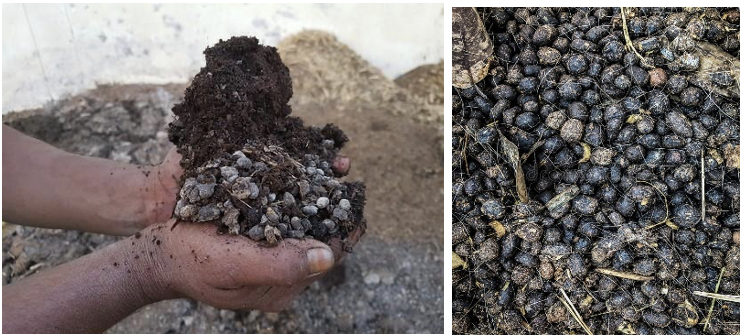
- It contains
3% N,1% P2O5,2% K2O. It is applied to the field in two ways:- Sweeping of sheep and goat sheds are placed in pits for decomposition and it is applied later to the field.
- Sheep penning, wherein sheep and goats are allowed to stay overnight in the field and urine and fecal matter is added to soil.
Poultry manure

- 3.03% N, 2.63% P2O5 & 1.4% K2O, Litter is the straw, peat, sawdust, dry leaves etc. are used as bedding material for farm animals and birds.
- It absorbs urine and faeces voided by animals and birds.
Green Manures
- Green undecomposed plant material used as manure is called green manure.
- It is obtained in two ways:
- By growing green manure crops in the field and incorporating it in its green stage in the same field. It is called
green manuring. Green leaf manuringis the application of green leaves and twigs of trees, shrubs and herbs collected from elsewhere especially waste land fields, bunds & forests to the field. Forest tree leaves are the main sources for green leaf manure e.g. Neem, Mahua, Glyricidia Raj Pre PG 2021, Karanji (Pongamia), Sesbania, Subabul, Indigo etc.
- By growing green manure crops in the field and incorporating it in its green stage in the same field. It is called
- Lentil is used in Kashmir for green manuring in paddy.
- Sunnhemp is most outstanding green-manure, well suited to almost all parts of country.
- Dhaincha does well in alkaline and waterlogged soils.
- Berseem for orchards and irrigated crops of cotton and sugarcane.
- Plants at flowering stage contain the greatest bulk of succulent organic matter with low C : N ratio. The incorporation of the green manure crop at this stage allows a quick liberation of N in available form.
- The fertilizer value of the legume crop can be increased by manuring it with superphosphate (@ 100 kg/ha). It increases ‘P’ content of green manure crops and thus converting an inorganic fertilizer into an organic manure. It has residual affects also.
- Green manuring gives 60-80 kg N/ha on an average.
- Green manuring crops having stem nodulation are
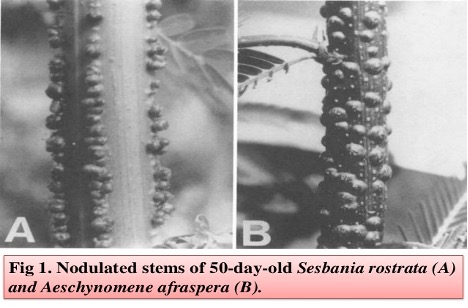
Sesbania rostrata: It is fastest N2-fixing plant @ 100-285 kg N/ha in 45-55 days.Aeschynomene afraspera
👉🏻 Characteristics of Green manure
- It should have rapid growth and shorter duration so that can be fitted in a crop rotation.
- It should yield abundant biomass and should be succulent to have rapid decomposition.
- It should have the ability to grow on poor soils.
Concentrated Organic Manures
👉🏻 Concentrated organic manures have higher nutrients than bulky organic manures.
- Bird guano: The excreta and dead remains of the birds. 7-8% N, 11-14% P2O5 & 2-3% K2O.
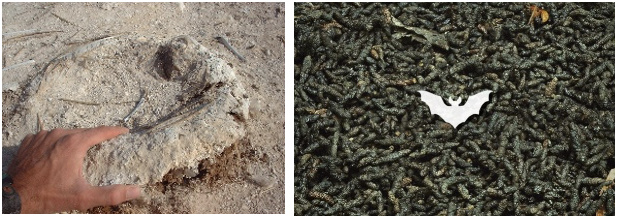
- Fish guano: The refuse left over after the extraction of oil from the fish in factories, is dried in paved yards and used as manure 7 % N & 8 % P2O5.
- Fish manure: 4-10% N, 3-9% P2O5 & 0.3-1.5% K2O
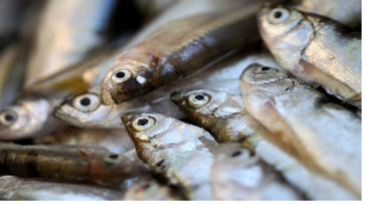
- Raw bone meal: 3-4% N, 20-25% P2O5
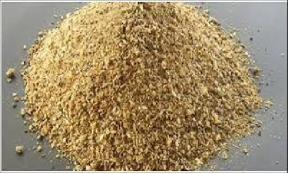
- Steamed bone meal: 1-2% N, 25-30% P2O5

- Blood meal: 13-20% N, rich in Iron and its application gives a deep rich colour to the foliage, much appreciated by ornamental gardeners.
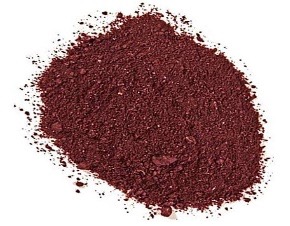
- Meat meal/ meat guano/ tankage: 8-9% N and 7% P2O5
- Calcined bone: 37% P2O5
- Oilcakes:

- Safflower/Sunflower cake: 7.8% N
- Groundnut cake: 7.2% N
- Cotton cake: 6.5% N
- Non-edible oilcakes are used as manures especially for horticultural crops (edible fed to cattle). Nutrients present in oilcakes, after mineralisation, are made available to crops 7-10 days after application.
- Oilseed cakes need to be well powdered before application for even distribution and quicker decomposition.
- Neem cake reduces nitrification means acts as nitrification Inhibitor.
Nutrient content of commonly used Concentrated manures

Organic Manures
- The word manure derived from the French “Manoeuvrer”, means to manipulate, to work, to produce crop.
- The term ‘manure’ was used originally for denoting materials like cattle manure and other bulky natural substances that were applied to land, with the objective of increasing the production of crops.
- Later chemical substances like (NH4)2 SO4 and super phosphate in abundance were used for increasing crop production and were also called manures. So in a general way, manure is a substance containing plant nutrients.
- Later, the organics were specifically called ‘manures’ and ‘inorganics’ were called fertilizer.
- Therefore manures are defined as the plant and animal wastes which are used as sources of plant nutrients.
Advantages of Manuring
- Manures supply plant …
Become Successful With AgriDots
Learn the essential skills for getting a seat in the Exam with
🦄 You are a pro member!
Only use this page if purchasing a gift or enterprise account
Plan
Rs
- Unlimited access to PRO courses
- Quizzes with hand-picked meme prizes
- Invite to private Discord chat
- Free Sticker emailed
Lifetime
Rs
1,499
once
- All PRO-tier benefits
- Single payment, lifetime access
- 4,200 bonus xp points
- Next Level
T-shirt shipped worldwide

Yo! You just found a 20% discount using 👉 EASTEREGG

High-quality fitted cotton shirt produced by Next Level Apparel